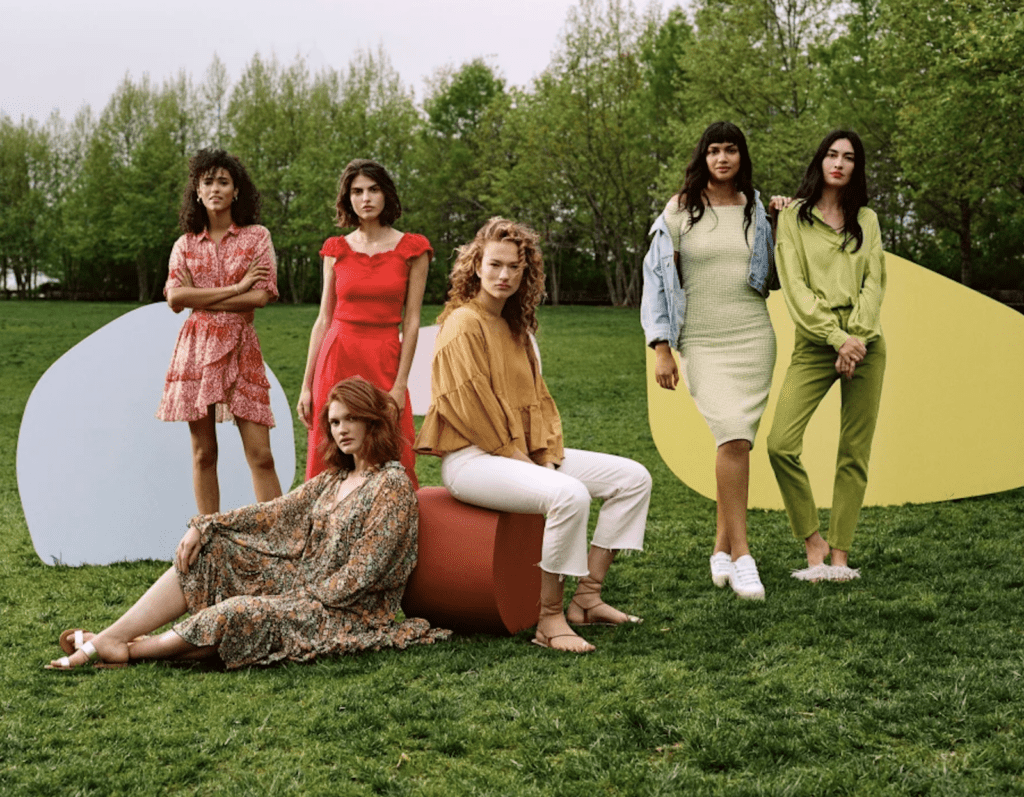MyTheresa reported “strong financial results” for the fourth quarter ending on June 30 and the 2022 fiscal year. The Munch-headquartered multi-brand luxury digital platform boasted revenue of 689.8 million euros ($687.49 million) for the year, up 12.7 percent compared to 2021, and 174.8 million euros ($174.21 million) for Q4, while also revealing a 21.3 percent rise in gross merchandise value – the total value of merchandise sold – to €747.3 million, driven largely by gains in Q4 and the retailer’s “high-end luxury customers” – especially in the United States – “buying for double and triple vacations” this summer. At the same time, gross profit for the year was up, growing by 23.7 percent, and full-year profit margin rose to 51.5 percent compared to 46.9 percent last year.
Diving into its full year and Q4 results, MyTheresa (“MYTE”) says that it saw “above-average gross merchandise value growth again in the United States” with the value of goods sold up by 28 percent compared to the same quarter last year. Also for Q4, the retailer highlighted the “solid number” of first-time buyers, pointing to more than 120,000 new customers, while also achieving strong growth in terms of the number of “top customers” (22.1 percent in Q4 FY22 vs. Q4 FY21), as well as an increase in average GMV per customer (5.8 percent in Q4 FY22 vs. Q4 FY21).
In terms of the last 12 months, MYTE says that it has witnessed growth of active customers of 16.4 percent, reaching 781,000 customers, and in terms of the average “basket” (or the average amount spent per transaction), that has risen by more than 5 percent, but “not because of more items,” CEO Michael Kliger told Yahoo Finance. Instead, the increase came as a result of customers buying “even more luxury items, more timeless luxury items at higher price points.” Reflecting on prices – which are being raised across the board in the luxury space and beyond (Versace, for instance, is one of the latest to announce plans to hike price tags further), Kliger said this week, “We have seen inflation in the luxury sector, particularly on bags, without any impact so far on the demand side, but prices have gone up in luxury.”
Geographically speaking, demand in the U.S., in particular, is strong, per Kliger, who revealed that MYTE does “not see any diminishing demand in the U.S., [which] has been one of the best luxury goods market for the last almost now 12 months,” particularly compared to China, for example, where the company has “seen an even more difficult situation for the last 12 months as the sort of fortunes of COVID have turned around in that region.” Depending on the speed of vaccination programs in China, he predicts that sales in the country will “sort of return to normal in the next six, 12 months.”
Still yet, negative effects in the European market, where “the beginning of this calendar year was clearly impact[ed] by the outbreak of war in Ukraine,” have “diminished,” Kliger says, with sales in the region “continuously improv[ing] since April.”
Looking ahead, MYTE forecasts net sales of 755 million euros to 800 million euros, representing 10 to 16 percent growth, for the full fiscal year ending June 30, 2023, with GMV in the range of 865 million euros to 910 million euros (up 16 to 22 percent) and gross profit likely to fall within the range of 410 million euros to 435 million euros, representing 16 to 22 percent growth. For the “medium-term,” MYTE confirmed its targets of annual GMV growth of 22 to 25 percent, as well as a “slightly increasing” adjusted EBITDA margin around 9 to 10 percent.
In the wake of stage one of the Farfetch, YNAP merger deal, analysts are optimistic about MYTE. Jefferies analysts Flavio Cereda and Kathryn Parker said in a recent note that “within a digital oligopoly, MYTE is well placed,” stating that “the differentiating factor should never be price but brand and service (this is how you maintain profitability and topline momentum), and MYTE does that well.” They point to MYTE’s opening of a new logistics platform that is three-time the size of the current one, which “shows confidence,” stating that they think that “a U.S. base will follow.” Moreover, MYTE’s expansion of its “category offerings” – to include beauty, lifestyle, and home – which enables it to “target the same wallet makes sense.”
As for how heavily MYTE will be hit by enduring economic concern and the impact on consumer spending, Cereda and Parker state that MYTE’s “core customers are likely to be less impacted by spending slowdown concerns, but the landscape is set to experience some sequential deceleration in our view.”











